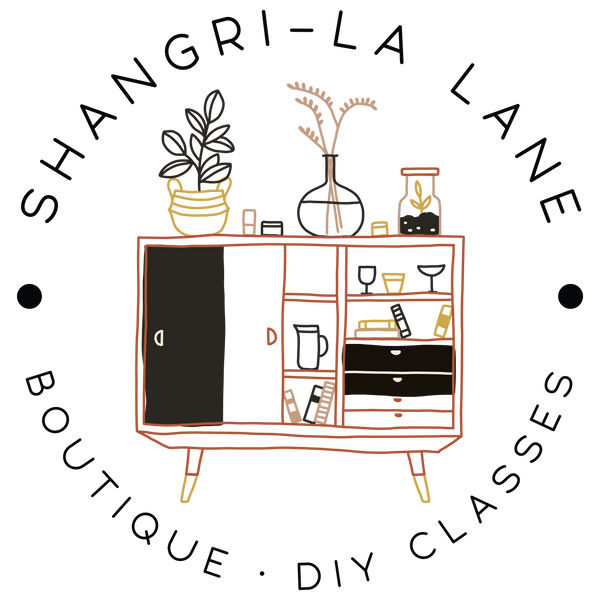Video Tutorials
How To Use IOD Paint Inlays
IOD Paint Inlays
What are IOD Paint Inlays?
IOD Paint Inlays are ground-breaking, first-in-class, premium art products that will revolutionize the DIY industry and empower creative exploration across all skill levels. In short, they are AH-MAZING, if we do say so ourselves. (Three years in the making so we love them like our kids!)
IOD Paint Inlays are the artisanal answer to decor transfers. They’re not a decal; they’re not a synthetic film; they’re not decoupage.
When you apply an IOD Paint Inlay, paint is physically embedded into the surface of your project. After drying, the carrier paper is removed, leaving an authentic painted design and a buttery, almost leather-like surface on your piece.
How do IOD Paint Inlays work?
IOD Paint Inlays are made from proprietary artist-quality paints that we formulated specifically for decorative use. Organic in nature, the Paint Inlays transfer the painted design yielding a slightly varied and uniquely beautiful aesthetic each time they’re used.
The results are visually interesting, texturally complex, and often inherently distressed. The paint formula is ‘active’ until sealed. That means that you can manipulate it and apply special techniques or a custom touch before you seal your piece.
How To Use IOD Transfers
IOD Transfers
IOD Transfers are a little delicate, and need a little extra care, but are so worth it. With a little instruction, they are easy to use and add instant style to your projects.
Preparation is key
Keep your transfer with its backing sheet until you are ready to apply. Keep free of dust or debris, which will interfere with adhesion. Do not allow the adhesive side of the transfer to touch anything prior to application. When handling the transfer, avoid letting the adhesive side touch itself (don’t do in a windy environment). Do not store transfer in extreme temperatures or humid conditions, which can affect adhesion.
Application
Start with a clean, dry, matte surface. If painted, make sure it’s well cured, and if you have sanded the paint make certain there is no residual dust. All of these things will interfere with adhesion. For best adhesion, seal your project surface with a high-quality, water-based polyurethane sealer in matte before applying a transfer.
Carefully remove the transfer from its white backing. Slowly and carefully lower the transfer onto your intended surface, making sure that it does not touch until the placement is correct. Use small pieces of low-tack tape to hold it in place.
Using the provided tool, or one of your choice, start at one end of the transfer and rub firmly to adhere the image to the surface. Do this until the entire image is transferred. You are welcome for the free arm workout as well. If any parts aren’t transferred when you lift, simply lay it back down and rub more on that portion. After it is transferred, with a clean dry hand, smooth down any bits that aren’t flatly adhered.
We recommend sealing with a water-based (or not harsh solvent-based) sealer (waxes created for chalk-type paints also work well if they don’t contain harsh solvents).
How To Use IOD Stamps
IOD Stamps
For anyone who hasn’t used IOD stamps before, they’re essentially what they sound like: A clear stamp – but it doesn’t stop there!
While similar in function to stamps you used as a child — IOD stamps are magical (no kidding!). They have the power to transform a piece of junk found on the side of the road to a show-stopping piece of home decor that you’ll have to convince your husband you didn’t spend your entire monthly budget on. For reals, they are that good.
And DIY home decor is just the tip of the creative iceberg. IOD stamps can be used in food art and DIY lifestyle projects, like taking a boring pair of jeans and stamping a beautiful bohemian design down the pant leg.
How To Use IOD Moulds
IOD Moulds
The IOD Moulds are made from food-safe materials (do not use the same set for food and crafts), and can be used to transform and create baked goods, furniture, soaps, jewelry, and just about anything you can think up in that creative brain of yours.
Different Mediums: IOD Moulds can be used with many different mediums. We will cover the two most common here. Every medium has its own characteristics, challenges, and virtues.
Air dry clay, or paper clay: IOD paper clay is an air dry medium, and one of our favorites. Like most paper pulp-based air dry clays, some shrinking, warping, and cracking are inherent. We like these qualities for a distressed, authentically vintage look. Our favorite way to apply moulded pieces is to remove them from the mould while still moist and adhere them to the surface with the appropriate glue so it conforms well. For vertical surfaces, use a piece of low tack tape to hold it in place so it doesn’t slide.
Casting resins: There are some great pourable resins available. These have completely different qualities than paper clay. There is no shrinking or warping, and the castings are more consistent. Depending on the project, these qualities can be helpful. If you need to conform them to a curved surface, this can be done if removed from the mould before it’s completely hardened.
On releases: We find that most of the time a release is not necessary and the casting will come out without the use of a release, however, if you are having trouble with the material sticking (more common with clays than resins), a light dusting of simple cornstarch or arrowroot is a great choice.
